Welcome to our Apple Watch Series 3 review, in which we check out the watch"s design and new features, put it through rigorous performance and battery tests, and rate it for value for money. If you reach a decision after reading this, you can buy from Apple or (on contract) from EE. (And if you"d like to read about the next edition of the product, read our Apple Watch Series 4 rumour roundup.)
It still feels like we"re quite early in the Apple Watch"s evolution as a product - we"re still at the iPhone 3GS stage, so to speak - but there is a danger that the company has already run out of things to fix. The Apple Watch Series 2 was in our view pretty close to perfect, solving all the issues we had with the original model, so for the Series 3 a new approach has been taken: rethinking what a smartwatch can do, and creating a new life for it as an independent device.
Unlike the simple "find a problem and fix it" strategy of the Series 2, this has down- as well as upsides, and as we will discover in our Apple Watch Series 3 review this is not an uncomplicated step forward - even if it is probably a necessary step on the road to what the Apple Watch needs to become.
For more general advice remember to take a look at our Apple Watch buying guide.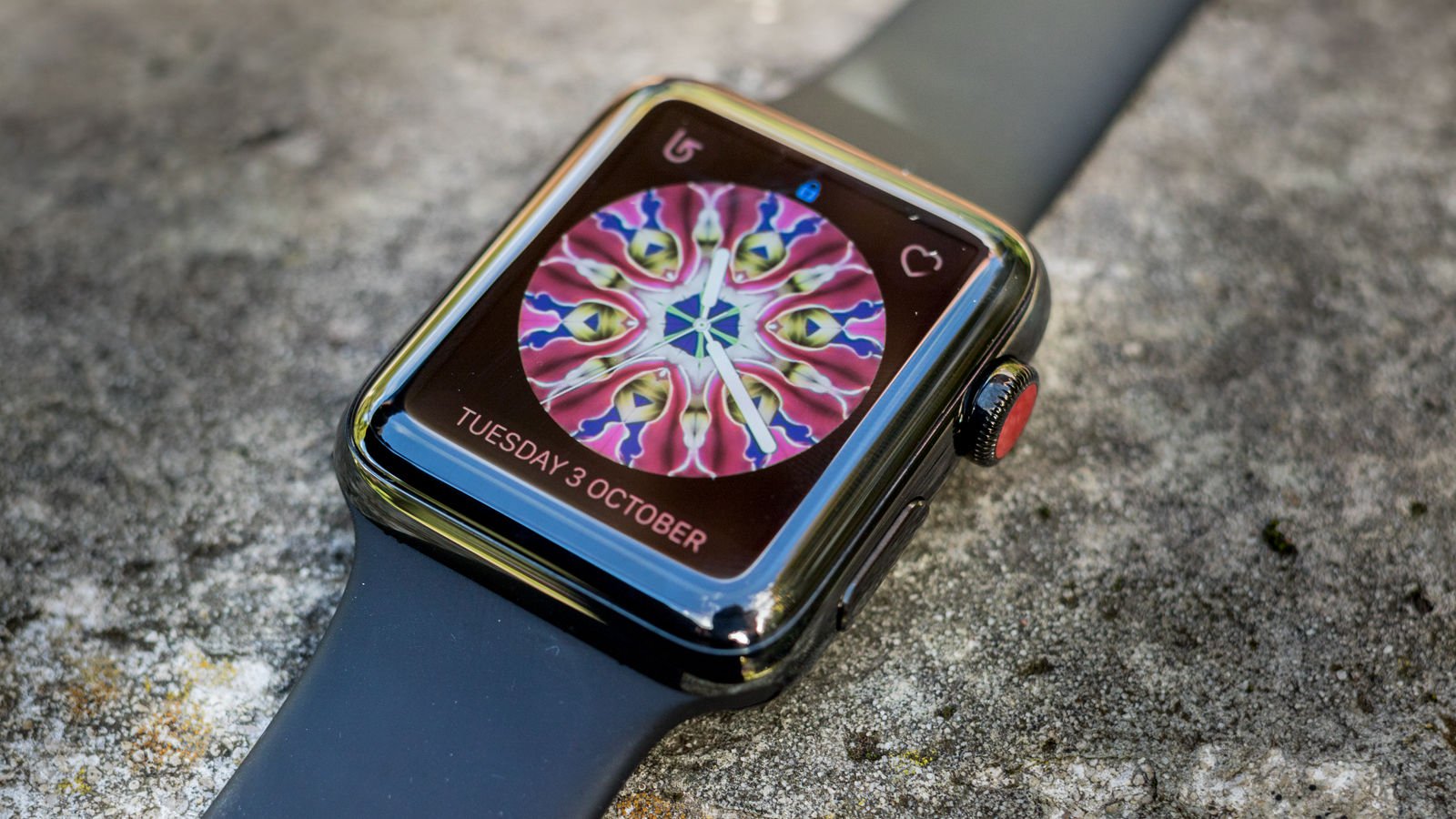
Design & build quality
There"s not much to say here, because the Series 3 has the same body design as the Series 2, and the Series 1 before it. There are some new colours (gold aluminium and dark grey ceramic finishes are new for this generation) and strap options, but the shape, the lines, are identical to last year"s model.
It"s a nice design, mind you - clean, simple, premium-looking, based around Steve Jobs" beloved rounded-corner rectangle - and we wouldn"t wish for Apple to change things unnecessarily every year. But it feels like we"re in a similar situation to the iPhone handsets between the 6 generation and the 8 generation three years later: making small incremental changes to a design that remains fundamentally the same.
The one really visible and obvious difference between the Series 2 and Series 3 watches concerns the Digital Crown dial on the side, which now (if you"ve plumped for a cellular-connected model) is bright red. And we"re no longer entirely convinced by this.
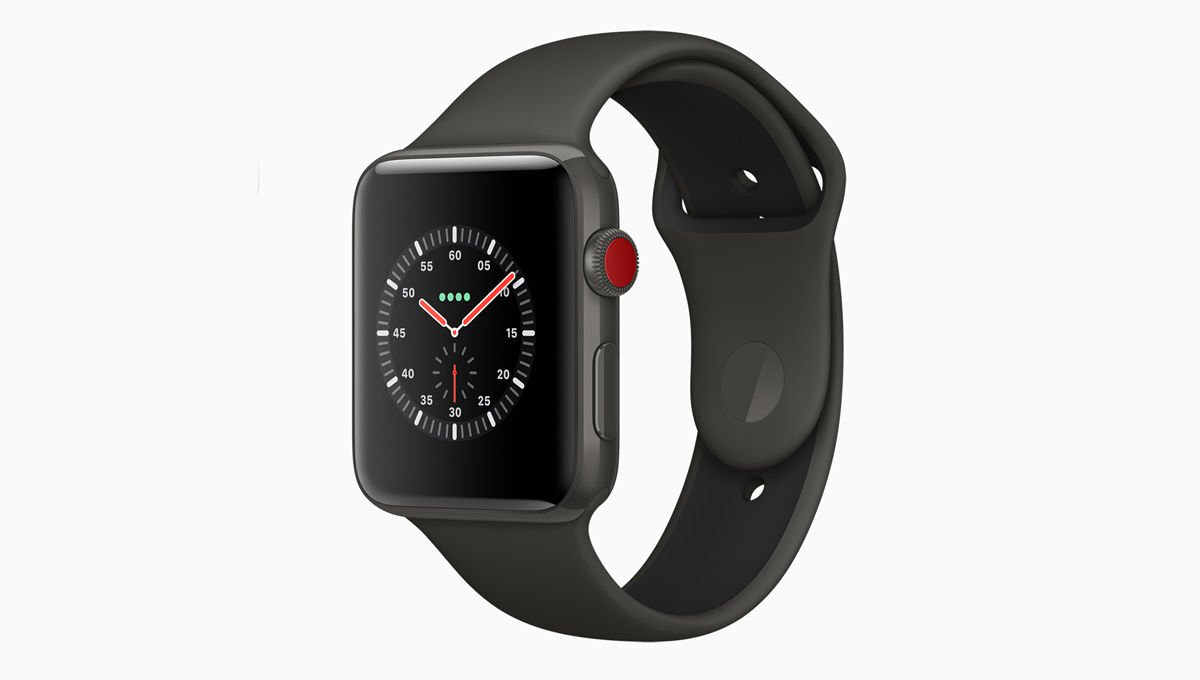
In photos, the red spot looks nice, and there"s something appealing about the way Apple ties this motif in with the accent colour on the packaging. But viewed up close, in person, it"s very bright, very shiny (incongruous next to the consistent brushed-metal finish around the Digital Crown) and, speaking brutally, a little bit cheap-looking. Not to mention that having a badge that proclaims to the world that you"ve bought the more expensive version of a product is unbelievably naff.
We said the design is identical to the Series 2, but it"s actually not quite. In the launch presentation, strangely, Apple said it was the same size despite the inclusion of cellular componentry and happily accepted a round of applause for this feat - but then admitted that it is actually (fractionally) thicker. Just 0.25mm, which needless to say is not noticeable.
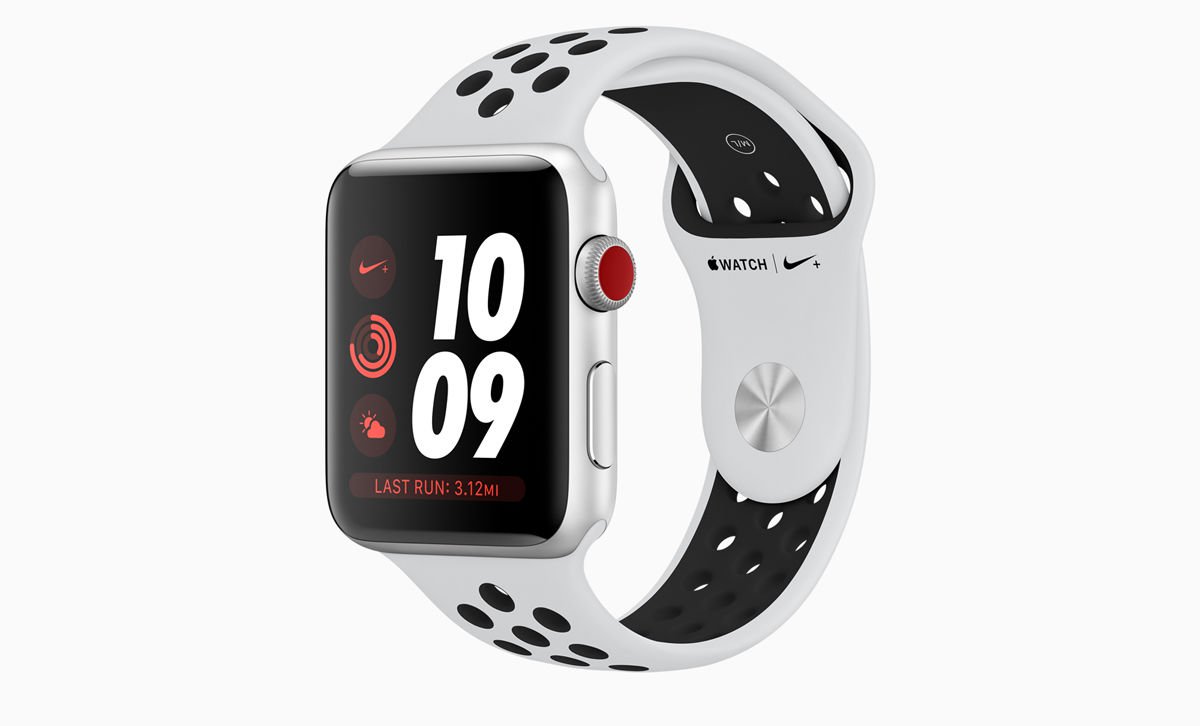
Straps
There are some really nice new straps to choose from. We"ve been enjoying the Sport Loop (the Flash colour option), which is ultra-light and breathable - although at £49 it must be one of the most expensive products in history to feature velcro.
There are also attractive new colour versions of existing straps, such as Hermes" charming new Bordeaux leather straps, and a lovely red edition of the Sports Band.
Apple does itself proud when it comes to straps. We just wish they were a bit cheaper. In a separate article we round up the best Apple Watch straps, including some less expensive third-party alternatives.
Cellular connectivity
For the Series 3 we talked about three new features: longer battery life, better waterproofing, and GPS. This year there"s one, but it"s arguably a bigger deal than all of those put together: cellular connectivity. You can get a data connection on your watch even if you leave the companion iPhone at home: it"s a truly independent device for the first time.
(The Series 2 also had a faster processor, and this component has been upgraded again here. More on this in the specs and performance sections.)
The cellular Series 3 has a built-in LTE and UMTS radio that switches automatically to cellular when you"re away from the companion iPhone. The system is clever enough to know to direct calls to your watch instead of your phone when appropriate (the phone number will be the same across both devices), and to use the watch"s location for Find My Friends.
Apple has also highlighted the fact that you can use iMessage, Maps, WeChat and Siri away from your phone, and users" new ability to stream music via a phone-less watch using Apple Music. (Note, however, that you cannot send SMS texts without a nearby connected iPhone - you are limited to iMessages.)
It"s tempting to assume that any watch app that relies internet data will now be usable away from your phone: that the ECB app your reviewer uses to get cricket scores will now update independently, for instance. And in time we"re sure this will be true. But not all apps are designed to work independently, and there may be a delay while developers update their apps to take advantage of the new hardware.
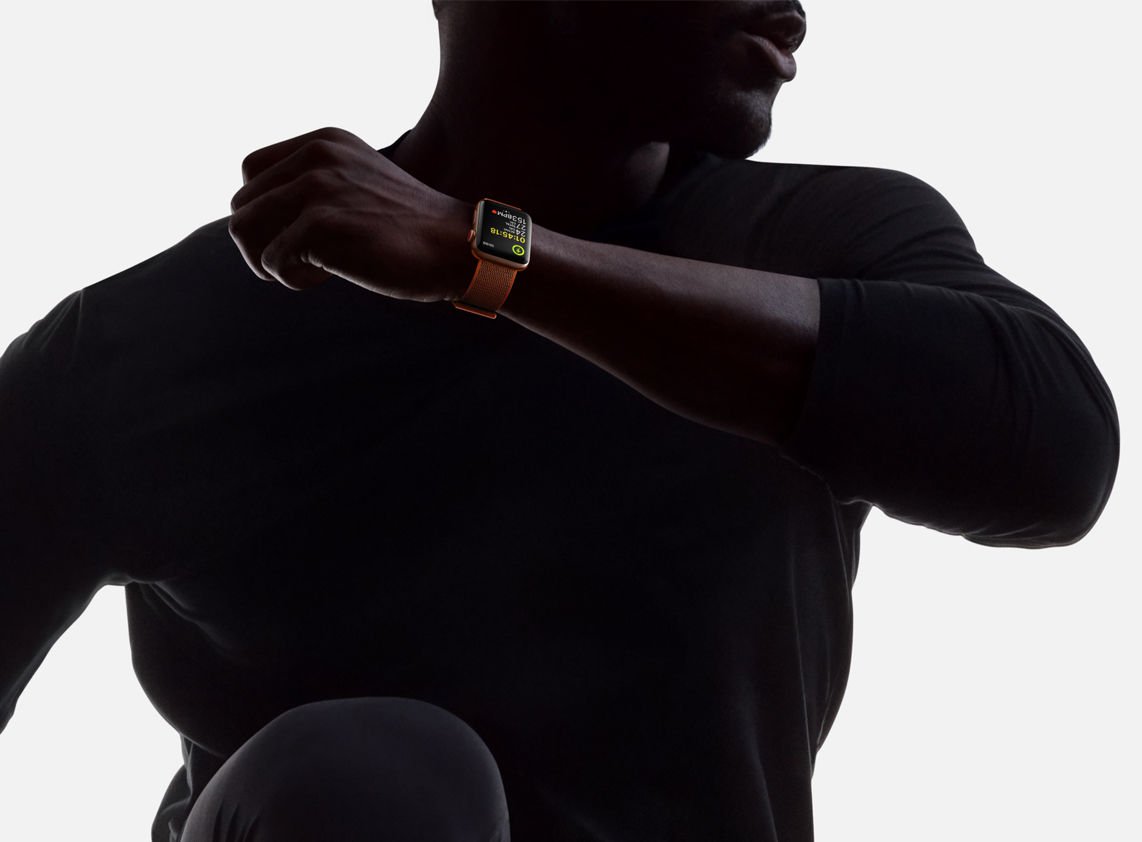
Is cellular a good idea?
Cellular has downsides - battery life, cost, the hassle of setting up a contract - so it"s all a question of payoffs. It"s roughly the same decision as choosing the cellular option for your iPad. You have to think about how often you"ll use it, how important it is that you"ll be able to do so, and how much it will cost you.
The Apple Watch"s cellular capabilities come into play when you separate it from its companion iPhone; and since they"re two highly portable, on-person devices, that probably won"t happen a great deal. The main application is when running: if you urgently need to keep in touch while working out, this may be perfect for you.
It also lets you stream Apple Music, although bear in mind that you can already load songs on to the watch for offline playback: how long is your run, that you"re going to get bored of your own tunes? (Some might argue that, if Apple made it easier to sync music to the Apple Watch in the first place this application wouldn"t seem as exciting...)
Ultimately the decision is yours, but we suspect that for many people cellular will be an extravagance that doesn"t make sense in the short term. In the long term, however, for the product line, this is undoubtedly the right direction to go: like the wireless syncing/updating in iOS 5, the importance of which was probably underestimated at the time, this lays the foundations of independence - of cutting the cord from the parent device.
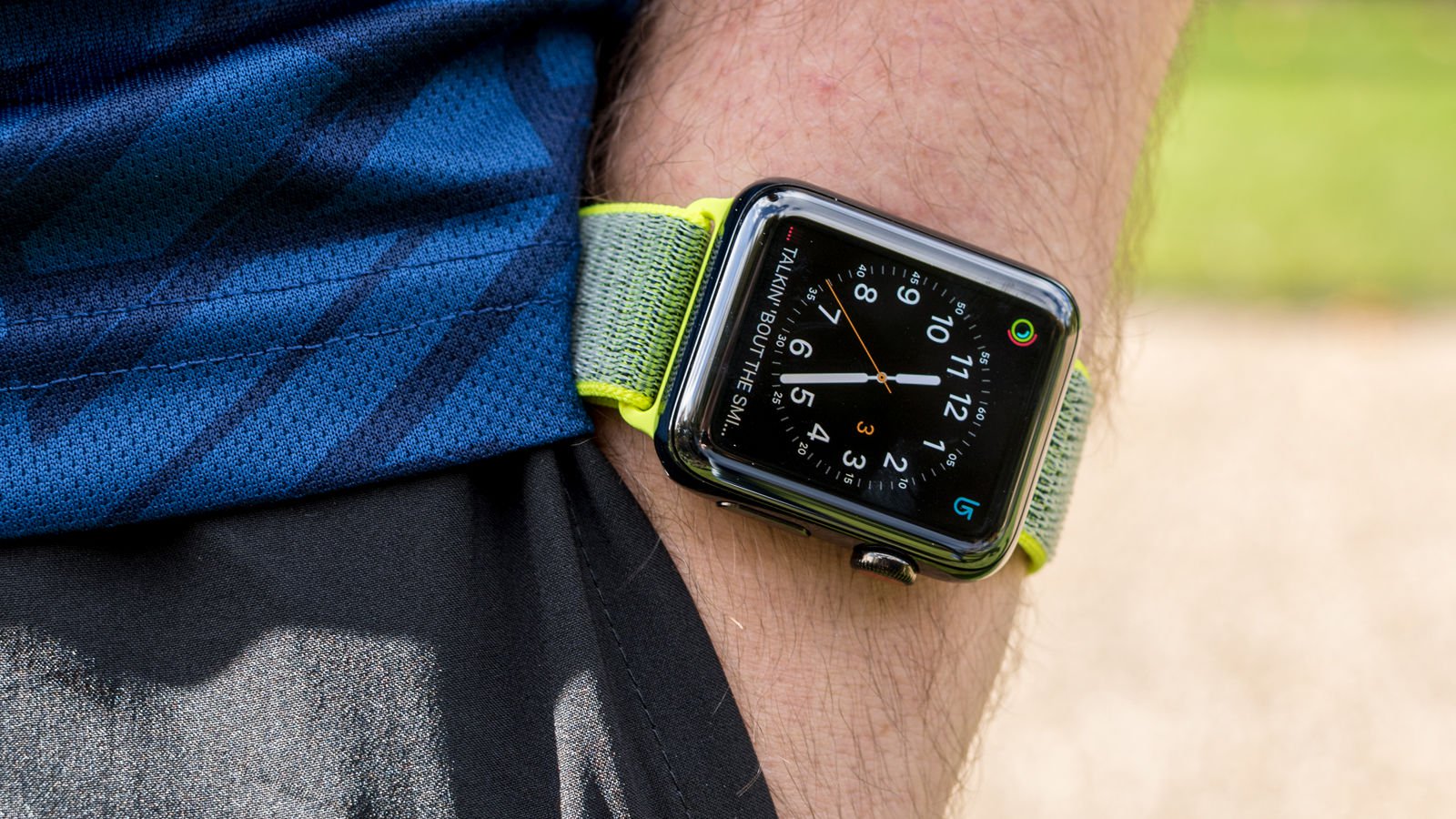
Do you need a SIM and a contract?
Practically speaking, you"ll want to know about the SIM and the antenna. Well, there"s no physical SIM - it"s an electronic SIM or eSIM that"s one percent of the size of a traditional SIM - and the display acts as the antenna, both the transmitting and receiving element.
To use cellular features on the Series 3 you need to sign up with one of the small number of providers who are able to offer watch plans in each launch country. In the UK that means EE - which, according to the company, is "the only network with the technology in place to offer Apple Watch Series 3 Cellular capability in the UK".
(You will also need to be using an iPhone 6, iPhone 6 Plus, iPhone SE or later handset.)
Do note, however, that the Apple Watch 3 with LTE will not support roaming, so any additional functionality afforded by the E-SIM will not be available when you take it abroad.
You can buy the watch from EE on a 24-month unlimited-data contract, which will set you back £25 a month plus an upfront charge of anything from zero to £160, depending on which model you want. Alternatively, you can buy the watch from somewhere else (such as Apple), paying £329 or more for the device up front, and then add it to the EE plan your phone is on; this will add an extra £5 tariff per month, with the first six months free.
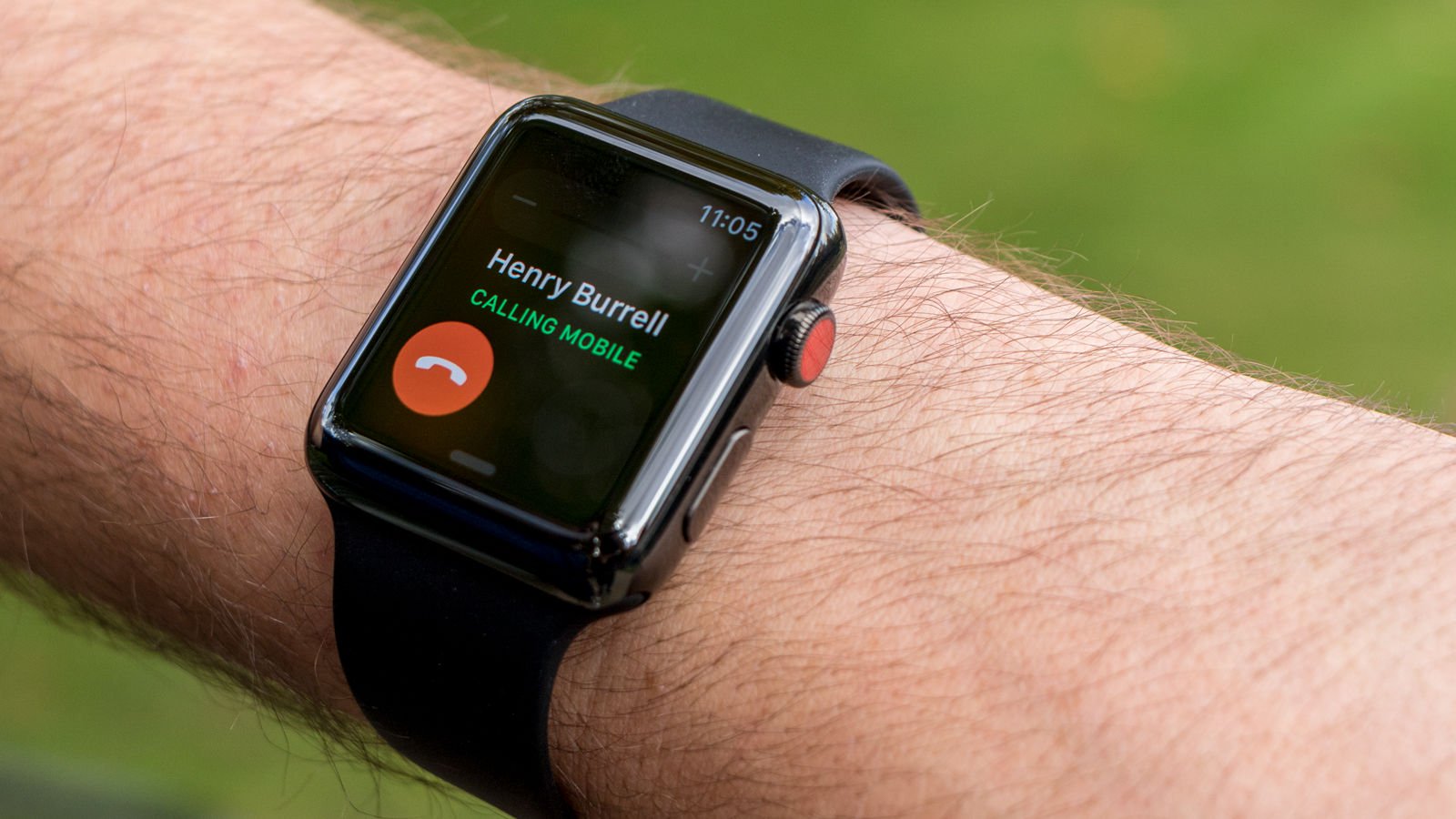
Battery life
The principal predicted downside of adding cellular connectivity to the Apple Watch is battery life, so we"re going to give this its own section instead of just tucking it into the specs section. Bear in mind, however, that battery performance is highly subjective and heavily dependent on what you do with your watch during a given day, so we can give only a general sense of how the Series 3 compares to the Series 2 and original watches before it.
The Series 2 (when new) started a day of "typical use testing" charged to 100%, and made it through the whole day, then a night, and then a second day, without running out of power. At bedtime on the second day it was on 22%. It eventually ran out around 1pm on the third day.
The Series 3 couldn"t do quite as well, but it did manage very nearly two days, running out around 10pm on the second day. These figures are not scientific, and the night times distort things a bit, but they are broadly representative of our experience with these products:
- Series 2: 54 hours (includes two nights, light typical use)
- Series 3: 39 hours (includes one night)
(We"ve not included the original Apple Watch in the above figures because it was so wildly variable in the early days while we were still working out how to use it, but it"s worse than either the Series 2 or 3. On occasion, in the beginning when we used apps constantly, it ran out of battery before the end of the first day. After a while it settled down to a comfortable one-day battery life, finishing each day with power to spare but struggling if you missed a night of charging.)
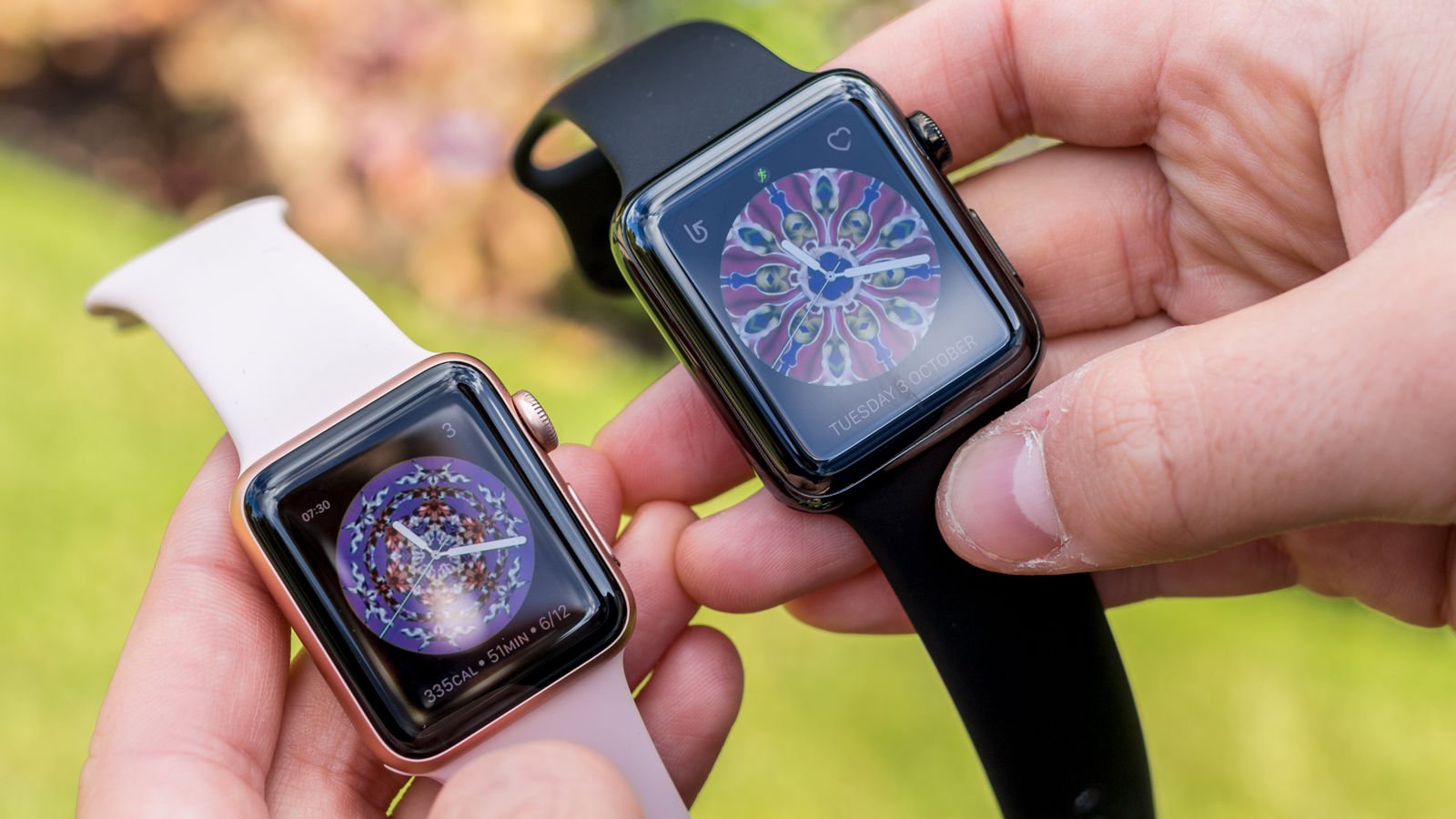
Effects of cellular use
It was fairly clear that cellular use dragged down the Series 3"s battery performance. Early in the test, while kept within reach of its companion iPhone, it looked on course to match the Series 2, but taking it out for a 30-minute run - using the Workout app and depending on its own cellular connection to pick up iMessages and check email during a mid-run break - caused an alarming drain from mid-40s to high 20s.
On another occasion we kept the Series 3 away from its iPhone for a morning, and in five hours it dropped 32 percentage points (55% to 23%); as a control, the Series 2 fell just 19% (from 38% to 19%) in the same period.
This pattern didn"t always hold, and our experience suggests that searching for a connection in a weak-signal area makes matters worse, and of course app usage affects things - when you"re using cellular there"s a disproportionate chance you"ll be using the (relatively demanding, continuous-use) Workout app, which compounds matters.
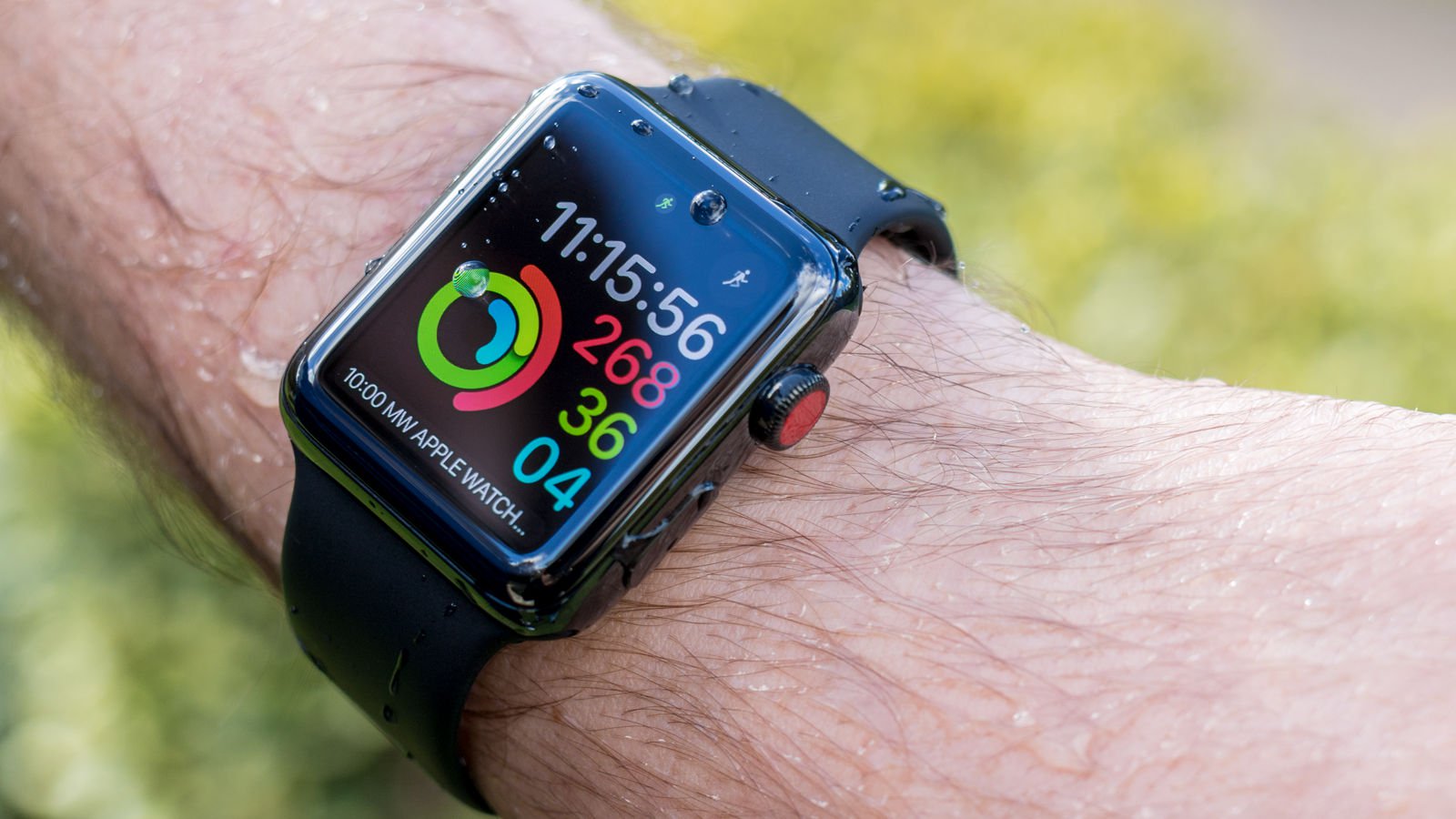
Speed & performance
The Series 3 comes with updated innards: the new S3 processor chip, which is claimed to be 70 percent faster than the S2 chip in the Series 2, and the new W2 wireless chip which Apple reckons provide 85 percent faster Wi-Fi, and 50 percent more power-efficient Wi-Fi and Bluetooth, than the last-generation model.
It"s difficult to quantify these things, given that there aren"t any speed benchmarking apps available for the Apple Watch. But in subjective tests we"ve observed that our Series 3 opens apps consistently faster than our (admittedly year-old, and watchOS 4-based) Series 2.
It"s a matter of seconds in most cases - although the Series 2 has developed a habit of hanging when opening Photos - and shouldn"t make much difference to your day-to-day experience. But it"s representative of the difference between the two devices" capabilities, and likely to become more noticeable in future versions of watchOS.
We"ve also noticed that the Series 3 consistently gets notifications a second or two ahead of the Series 2.
Siri
Siri can now be used away from your iPhone, but that"s not all that"s changed for the Series 3 update. It can now speak to you, out loud, for the first time on an Apple Watch; and because of the updated processor which we"ll discuss in the next section, Siri should work faster, too.
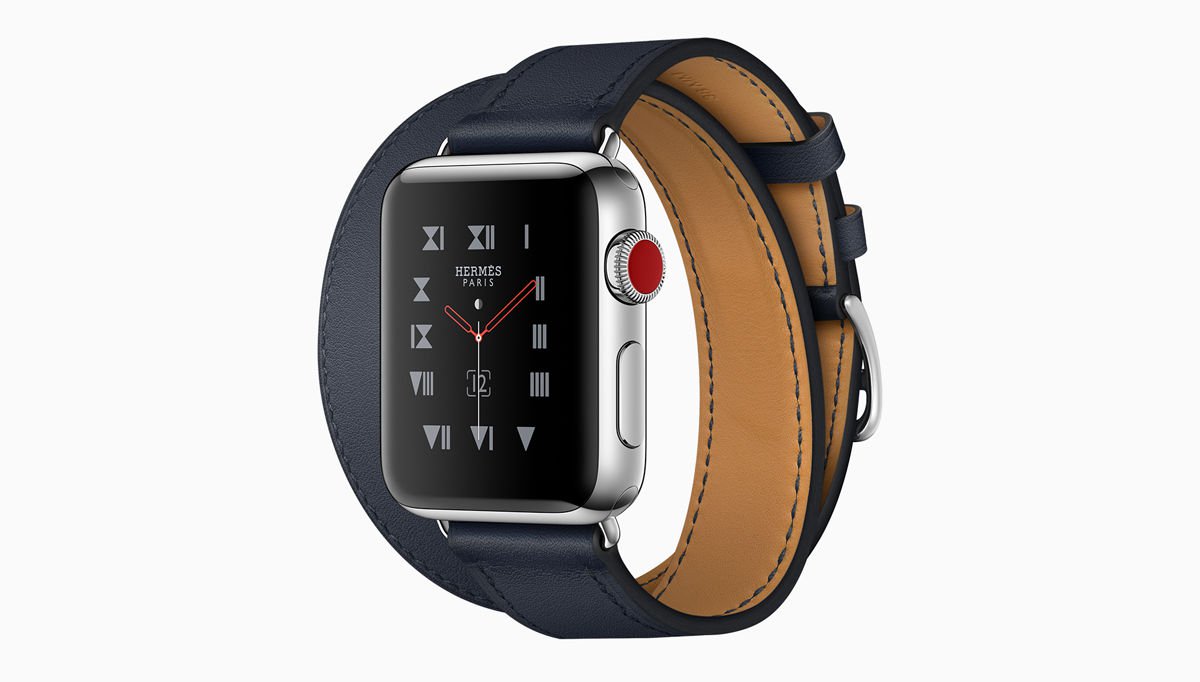
Tech specs
Apple has updated the internals in a number of useful ways, which we"ll discuss next.
Processor
This is now the S3 chip. It"s a dual-core processor, much like the S2 in the Series 2, but Apple says it"s 70 percent faster. As discussed above this led to apps opening slightly quicker, and should produce smoother graphics.
Wireless chip
The new W2 wireless chip is said to provide 85 percent faster Wi-Fi, and 50 percent more power-efficient Wi-Fi and Bluetooth.
Storage
The cellular-equipped version of the Apple Watch Series 3 has 16GB of storage, while the GPS-only model offers 8GB. The Series 2 was capped at 8GB.
Altimeter
The Series 3 is the first Apple Watch to get a barometric altimeter, which means it can detect changes in height and thereby include steps climbed, elevation gained and similar data in workout reports.
On a related note the watch also has an accelerometer and gyroscope, but those have been included since the original model.
Dimensions
The Series 3 is 0.25mm thicker than the Series 2. Other than that it has the same dimensions, which in the case of the aluminium and steel editions means 38.6mm x 33.3mm (38mm model), or 42.5mm x 36.4mm (42mm model), and 39.2mm x 34mm or 42.6mm x 36.5mm for the ceramic.
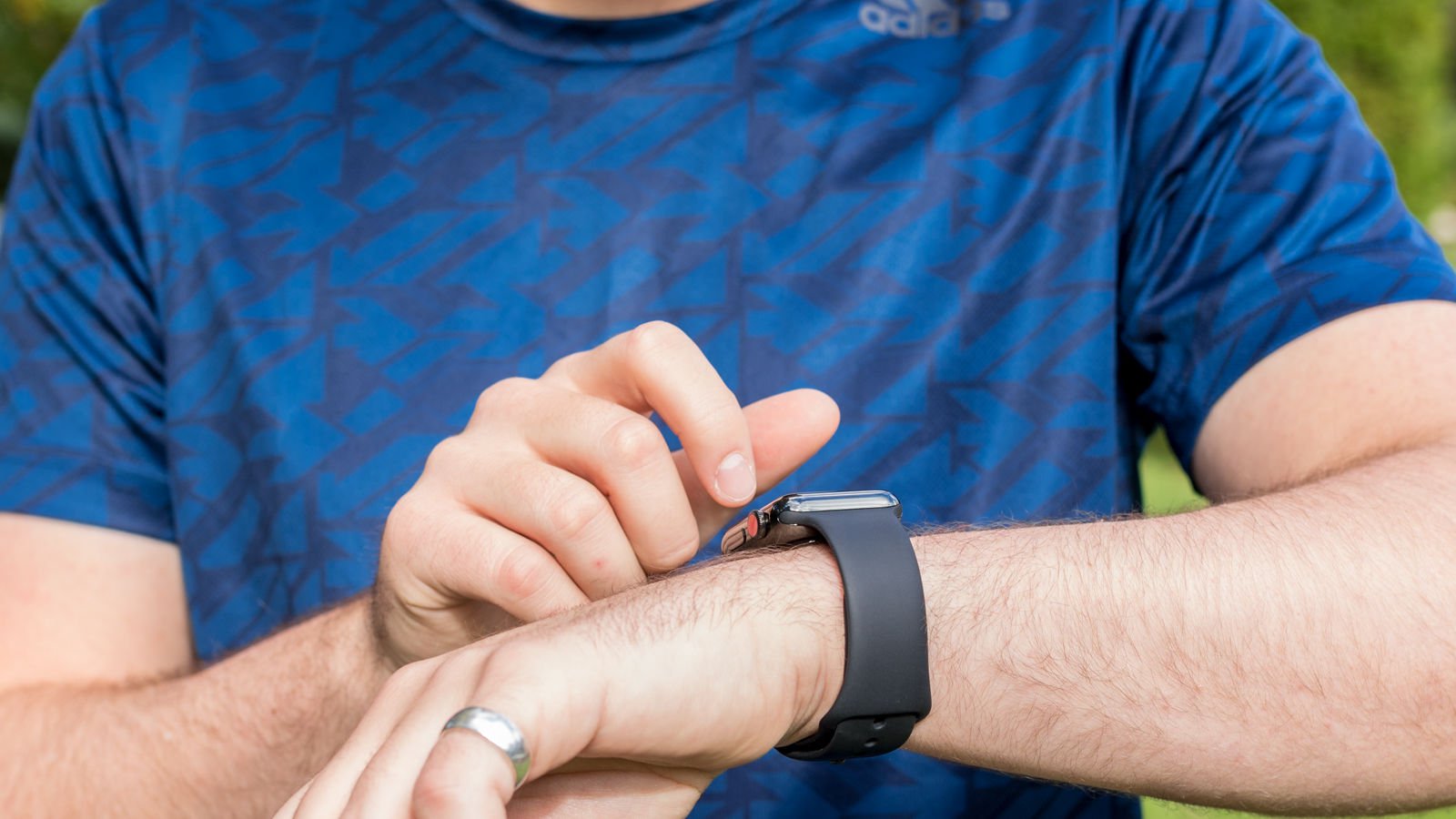
Display
From now on the specs are the same as the last generation, but we include them here for completeness. The display on the Series 3 has a resolution of 272 x 340 (38mm model) or 312 x 390 (42mm), a pixel density of 326ppi, and a brightness of 1,000 nits. These specs are identical to the Series 2, and mostly identical to the first-gen model, which only had a dimmer screen (450 nits).
Battery
Battery life is a claimed 18 hours, or "all day". The Series 2 (which was also advertised as having 18-hour battery life) was actually capable of lasting for two and a half days; the Series 3 isn"t quite up to that mark but is good for the best part of two.
Water resistance
Like its predecessor the Apple Watch Series 3 is rated as water-resistant to 50 metres under ISO standard 22810:2010.
Connectivity
Other than cellular, you get Wi-Fi (802.11b/g/n 2.4GHz) and Bluetooth 4.2.
Release date
The Apple Watch Series 3 was announced on 12 Sept; preorders began on 15 Sept; and they started to ship (and appeared in shops) on 22 Sept.
The Apple Watch Series 3 launches initially in the US, Canada, Australia, China, Japan, the UK, Germany, France and Puerto Rico. Other countries will follow in 2018.
If you"re in the UK you"ll need to be on an EE Pay Monthly or SIM-only plan to use the Series 3"s cellular capabilities, and using an iPhone 6 or later; you can browse the contract options here.
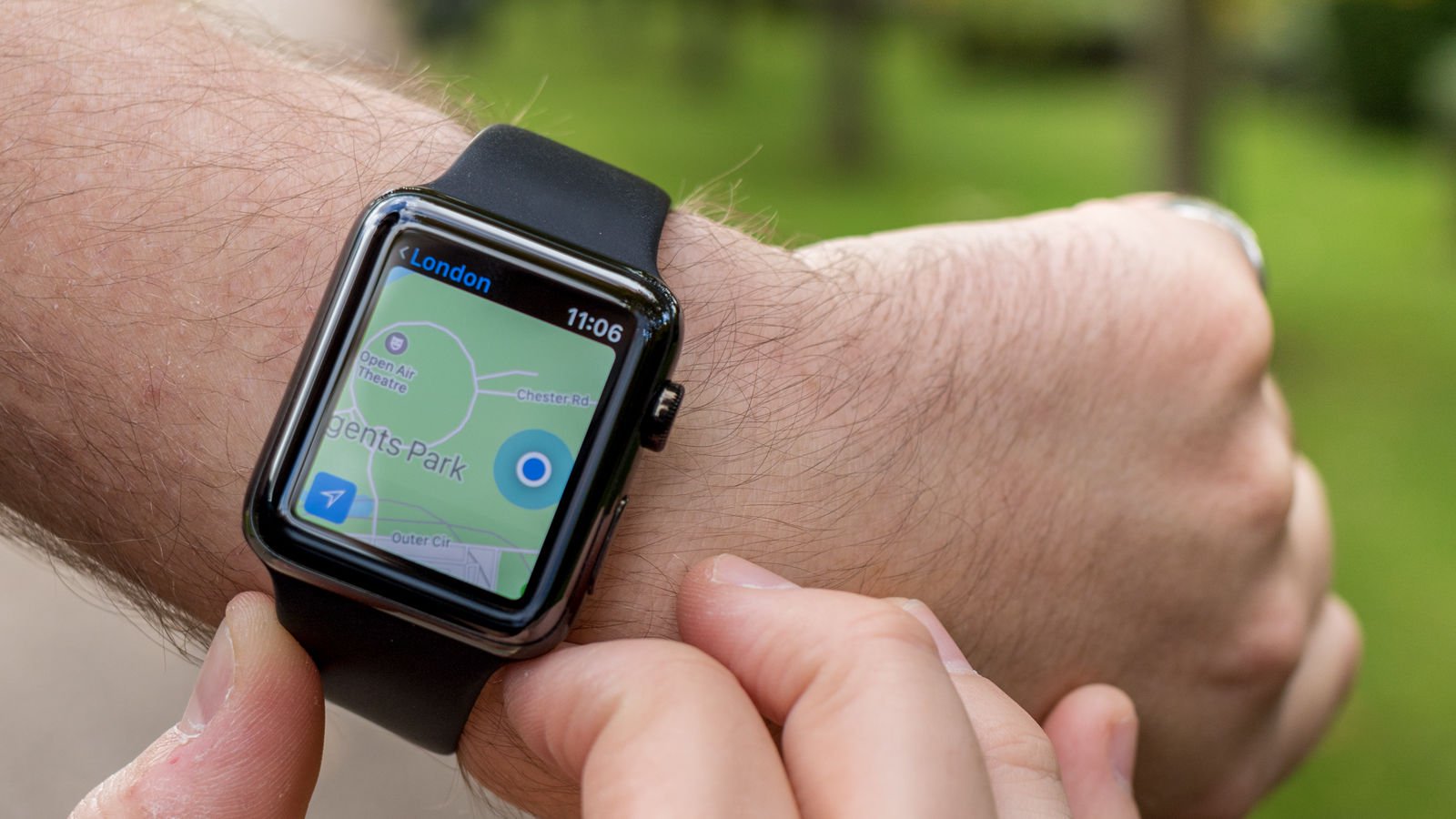
UK price
The Apple Watch Series 3 starts at £329 in the UK (for the GPS-only models) or £399 (if you want cellular capabilities). This is a straight one-for-one translation from the US prices, which start at $329 and $399 respectively.
Price varies widely based on the case material and strap you go for, although less widely than in the old days - there are no £13,000 gold models here. Cost ranges from £329 all the way up to £1,399, which is the price of two particularly extravagant Hermès offerings.
Here"s the full range. Remember that you can browse all the options and buy on Apple"s website.
| Case | Strap | 38mm, GPS | 42mm, GPS | 38mm, cellular | 42mm, cellular |
| Silver Aluminium | Fog Sport Band | £329 | £359 | £399 | £429 |
| Gold Aluminium | Pink Sand Sport Band | £329 | £359 | £399 | £429 |
| Space Grey Aluminium | Grey Sport Band | £329 | £359 | £399 | £429 |
| Space Grey Aluminium | Black Sport Band | £329 | £359 | £399 | £429 |
| Silver Aluminium | Seashell Sport Loop | n/a | n/a | £399 | £429 |
| Gold Aluminium | Pink Sand Sport Loop | n/a | n/a | £399 | £429 |
| Space Grey Aluminium | Dark Olive Sport Loop | n/a | n/a | £399 | £429 |
| Stainless Steel | Soft White Sport Band | n/a | n/a | £599 | £649 |
| Space Black Stainless Steel | Black Sport Band | n/a | n/a | £599 | £649 |
| Stainless Steel | Milanese Loop | n/a | n/a | £699 | £749 |
| Space Black Stainless Steel | Space Black Milanese Loop | n/a | n/a | £749 | £799 |
| Silver Aluminium | Pure Platinum/Black Nike Sport Band | £329 | £359 | £399 | £429 |
| Space Grey Aluminium | Anthracite/Black Nike Sport Band | £329 | £359 | £399 | £429 |
| Silver Aluminium | Bright Crimson/Black Nike Sport Loop | n/a | n/a | £399 | £429 |
| Space Grey Aluminium | Black/Pure Platinum Nike Sport Loop | n/a | n/a | £399 | £429 |
| Stainless Steel | Hermès Noir Gala Leather Rallye | n/a | n/a | n/a | £1,299 |
| Stainless Steel | Hermès Marine Gala Éperon d"Or | n/a | n/a | £1,199 | £1,249 |
| Stainless Steel | Hermès Indigo Swift Double Tour | n/a | n/a | £1,299 | n/a |
| Stainless Steel | Hermès Fauve Barenia Double Tour | n/a | n/a | £1,299 | n/a |
| Stainless Steel | Hermès Indigo Swift | n/a | n/a | n/a | £1,199 |
| Stainless Steel | Hermès Fauve Barenia | n/a | n/a | £1,149 | £1,199 |
| Stainless Steel | Hermès Ébène Barenia Deployment Buckle | n/a | n/a | n/a | £1,399 |
| Stainless Steel | Hermès Fauve Barenia Deployment Buckle | n/a | n/a | n/a | £1,399 |
| White Ceramic | Soft White/Pebble Sport Band | n/a | n/a | £1,299 | £1,349 |
| Grey Ceramic | Grey/Black Sport Band | n/a | n/a | £1,299 | £1,349 |
No comments:
Post a Comment